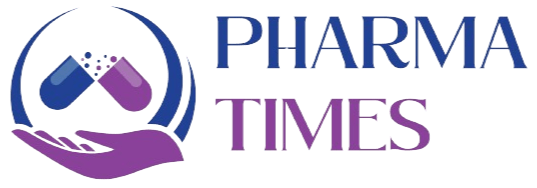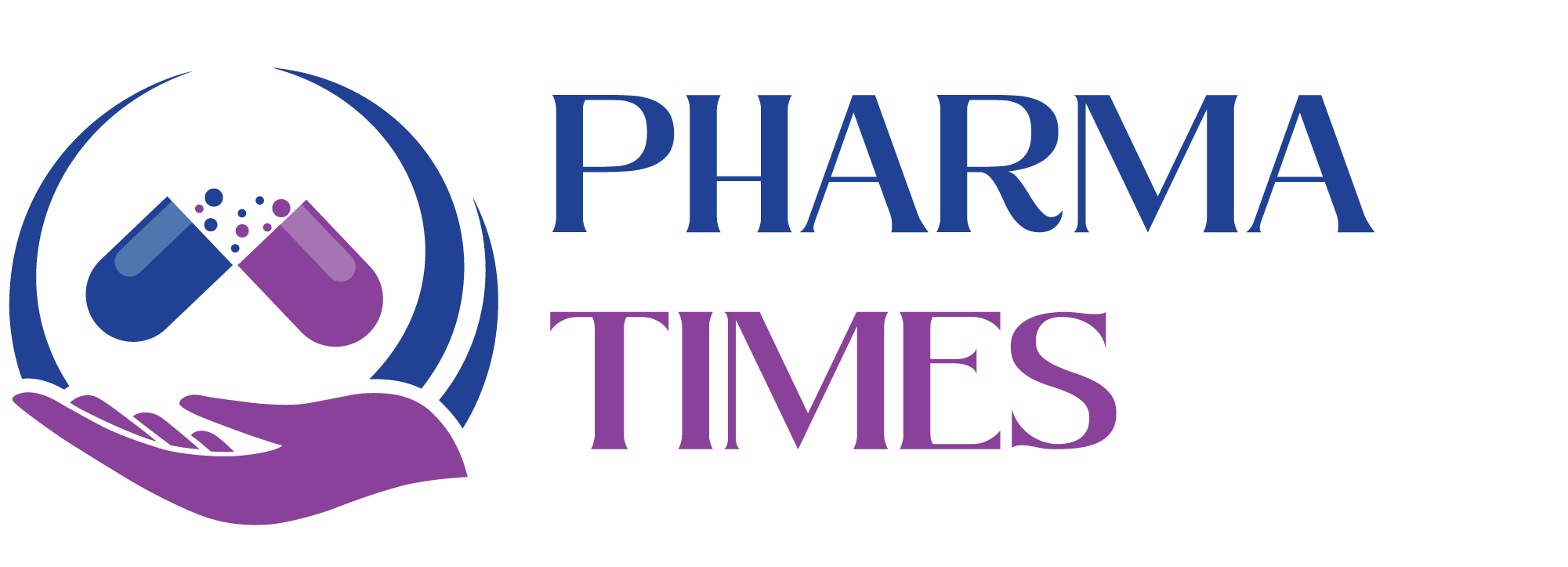“Essential Regulatory Affairs Interview Questions for Freshers in Pharma: Tips & Answers”
“Essential Regulatory Affairs Interview Questions for Freshers in Pharma: Tips & Answers”

1. What is an Abbreviated New Drug Application (ANDA)?
Answer: An Abbreviated New Drug Application (ANDA) is a regulatory submission to gain approval for a generic drug. The main focus of the ANDA is to show that the generic product is bioequivalent to the already approved brand-name drug, making the approval process faster as extensive clinical trial data isn’t required.
2. How does an NDA differ from an ANDA?
Answer: A New Drug Application (NDA) is submitted for new, innovative drugs and requires comprehensive data from clinical trials to demonstrate the drug’s safety and efficacy. On the other hand, an ANDA is for generic drugs, focusing primarily on proving bioequivalence to a previously approved drug, and does not require new clinical trials.
3. What is the Common Technical Document (CTD)?
Answer: The Common Technical Document (CTD) is a standardized format for regulatory submissions, including quality, safety, and efficacy data. It’s organized into five sections and allows pharmaceutical companies to submit the same document to various regulatory authorities, facilitating approval across multiple regions.
4. What does eCTD stand for, and why is it important?
Answer: eCTD stands for the electronic Common Technical Document. It digitizes the traditional CTD format, allowing pharmaceutical companies to submit documents electronically. This ensures faster submission processing, greater accuracy, and easier updates for regulatory applications.
5. How does a Regulatory Affairs professional ensure compliance with global regulations?
Answer: Regulatory Affairs professionals must stay updated with international regulatory requirements. They ensure compliance by interpreting and applying the relevant regulations to the company’s products and documentation. This includes preparing regulatory submissions that meet the requirements of various global regulatory bodies.
6. What are stability studies, and what is their role in regulatory submissions?
Answer: Stability studies involve testing how environmental factors such as temperature, humidity, and light affect a drug’s quality over time. These studies help determine the drug’s shelf life and are crucial in regulatory submissions to ensure the product remains effective and safe throughout its intended storage period.
7. How do you deal with conflicting regulatory guidelines?
Answer: When facing conflicting regulatory guidelines, it’s important to thoroughly research both sets of rules, consult with experts, and determine which regulations take precedence. Understanding the most stringent requirements and aligning the submission with them ensures compliance across multiple regions.
8. What is the significance of the Hatch-Waxman Act?
Answer: The Hatch-Waxman Act is key legislation in the pharmaceutical industry that streamlines the process for approving generic drugs. It encourages competition by allowing generics to challenge brand-name patents and gain market exclusivity, leading to lower drug prices and faster availability of affordable treatments.

